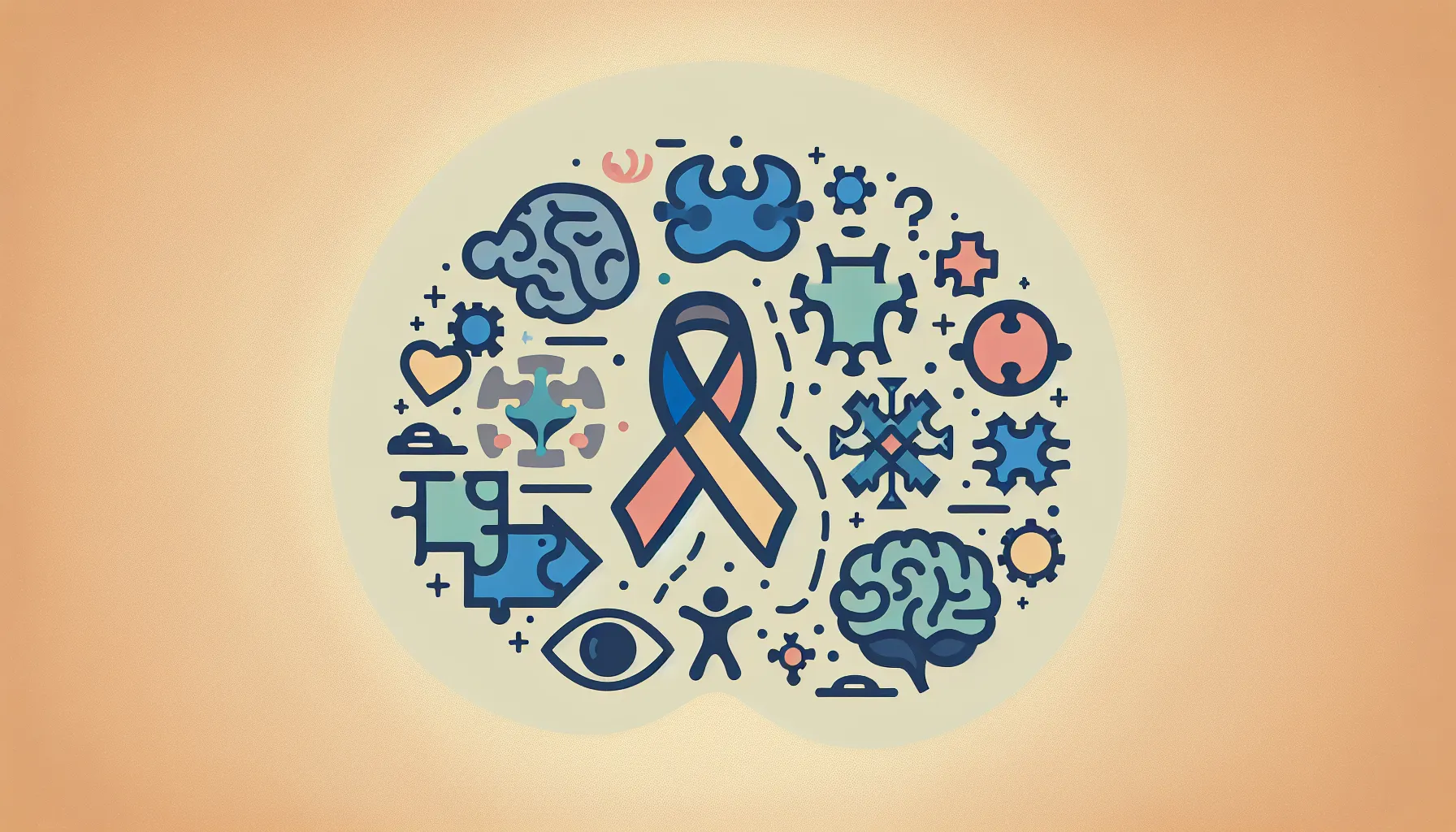Teaching coping strategies with ABA
Empowering Children with Autism: Building Resilience Through ABA-Based Coping Strategies

Understanding the Role of ABA in Developing Emotional Resilience
Teaching coping strategies to children with autism using ABA (Applied Behavior Analysis) is a powerful approach that fosters emotional regulation, reduces anxiety, and promotes independence. Grounded in scientific principles, ABA offers structured, individualized interventions that help children recognize, understand, and manage their emotions effectively across different settings. This article explores how ABA techniques cultivate essential coping skills, the resources available for practitioners and families, and practical strategies for consistent implementation.
Foundations of ABA in Teaching Coping Skills
How does ABA therapy help children with autism develop coping skills?
ABA therapy plays an essential role in empowering children with autism to manage their emotions effectively. By applying scientifically validated principles, ABA teaches emotional regulation and self-management skills through methods like reinforcement, modeling, and prompting.
A primary aspect of ABA involves identifying what triggers challenging behaviors or emotional responses. Behavioral analysts conduct functional behavior assessments (FBA) to understand specific triggers such as loud noises, abrupt transitions, or social interactions. This analysis guides the creation of tailored interventions that address these triggers directly.
Teaching coping strategies often incorporates visual aids like emotion charts, social stories, and feelings organizers. These tools help children recognize their emotional states and understand appropriate responses. Techniques such as role-playing and gradual exposure further reinforce these skills, promoting confidence and self-control.
Reinforcement and positive feedback motivate children to practice coping strategies consistently. Practices such as requesting breaks or using deep breathing exercises are introduced gradually and practiced regularly across different environments. Parental involvement complements therapy sessions by reinforcing skills at home, ensuring these strategies become habitual.
Overall, ABA's structured, individualized approach helps children develop resilience, improve emotional regulation, and handle challenging situations more adaptively, fostering long-term independence and emotional well-being. It ensures that behavioral responses are influenced by positive reinforcement, increasing the likelihood of skill retention and generalization.
Tools and Techniques for Emotional Awareness
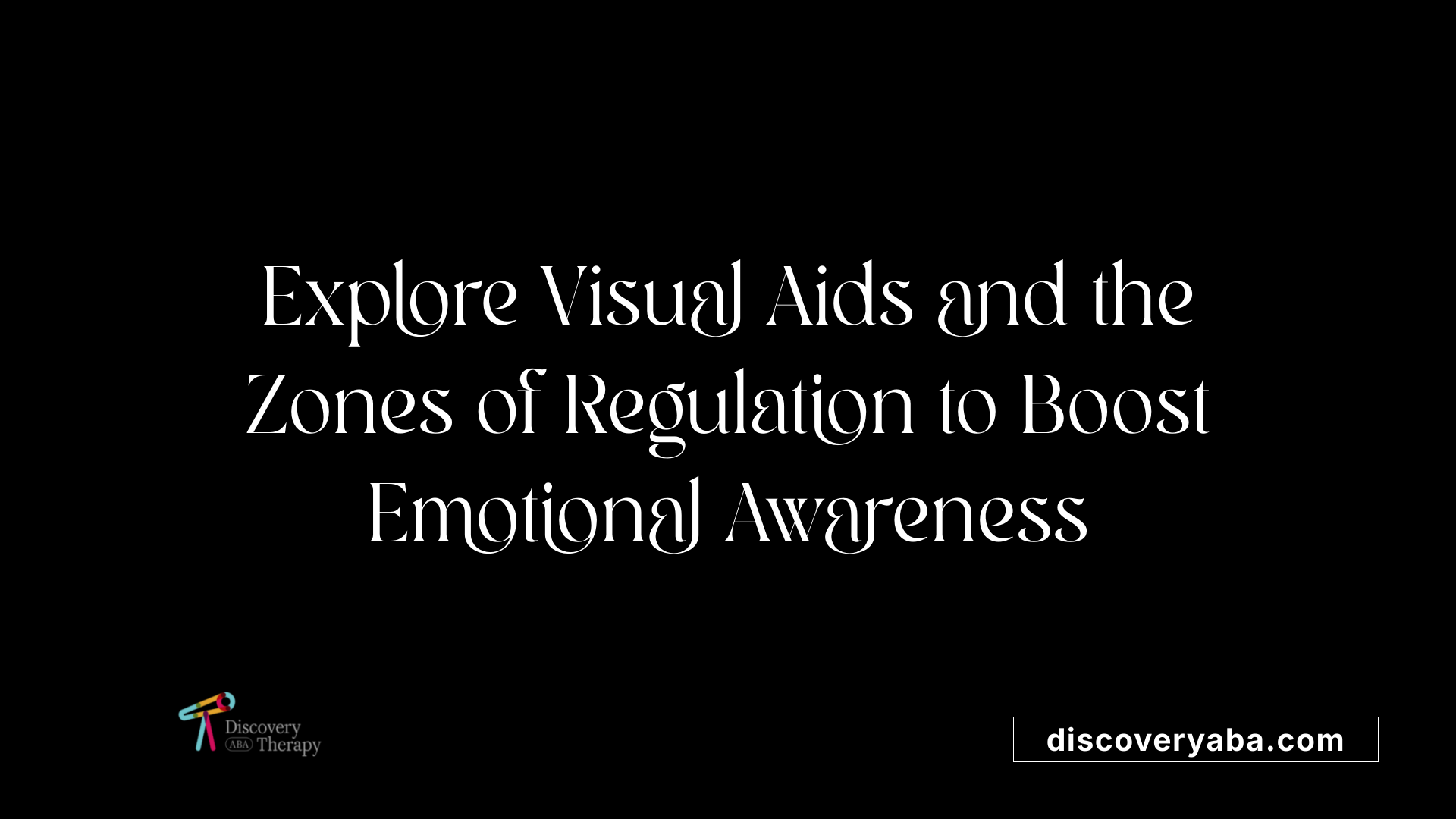
Use of visual aids like emotion cards and social stories
Visual supports are fundamental in teaching emotional awareness to learners with autism. Tools such as emotion cards, feelings charts, and social stories help individuals recognize and label their emotions accurately. Emotion cards display various facial expressions and corresponding feelings, making it easier for learners to identify and communicate how they feel. Social stories provide detailed narratives with visual aids, explaining specific emotional situations, expected responses, and coping strategies. Creating personalized social stories with the learner's input encourages understanding and application of emotional regulation skills in real-life contexts.
The Zones of Regulation program
The Zones of Regulation employs a color-coded scale—Green, Yellow, Red, and sometimes Blue—to help learners categorize their emotional states. Green indicates a calm, focused state; Yellow signals heightened alertness or caution; Red reflects intense emotions like anger or panic; and Blue represents low energy or sadness. By teaching children to identify their current zone, the program fosters self-awareness and emotional vocabulary. Visual aids such as charts and cards that depict these zones support learners in recognizing their feelings, making it easier to select appropriate coping strategies and communicate effectively.
Modeling empathy and validation of emotions
Effective teaching extends beyond identification; it involves modeling empathy and validating feelings. Demonstrating understanding and acceptance of a child's emotions encourages self-awareness and emotional safety. For instance, if a learner feels frustrated, a therapist or caregiver can acknowledge this emotion by saying, "I see you're upset. It's okay to feel that way." This validation promotes trust and teaches the child that their emotions are normal and manageable. Such modeling helps learners develop emotional regulation skills by observing appropriate responses and receiving confirmation that their feelings are valid, which fosters ongoing emotional awareness and resilience.
Educational Resources Supporting Coping Skills Development
Are there educational resources available for teaching coping skills using ABA?
Yes, a variety of educational tools and resources are available to support teaching coping skills through Applied Behavior Analysis (ABA). Visual aids are among the most commonly used materials, including feelings charts, social stories, and emotion regulation visuals like the Zones of Regulation. These tools help children with autism recognize their emotional states and learn appropriate responses.
In addition to visual supports, digital training modules and manuals provide structured guidance for practitioners and educators. These resources offer step-by-step strategies, lesson plans, and data collection methods to monitor progress. They also include interactive activities and scenario-based exercises to reinforce emotional regulation skills.
Practical intervention strategies form a core part of these educational resources. Role-playing exercises simulate real-life situations, allowing children to practice and generalize coping strategies. Task analysis breaks down complex behaviors into manageable steps, making learning achievable and structured.
Together, these resources facilitate tailored interventions that meet each child's specific needs, promoting independence and emotional self-management. By integrating visual supports, digital modules, and hands-on activities, educators and caregivers can effectively teach children how to identify, understand, and regulate their emotions, contributing to improved social interactions and daily functioning.
Supporting Emotional Regulation and Anxiety Reduction

How does ABA therapy support emotional regulation and anxiety management?
ABA therapy plays a crucial role in helping children with autism develop better emotional regulation skills and manage anxiety more effectively. It achieves this through teaching adaptive coping strategies such as deep breathing exercises and the use of calming areas. These techniques, integrated into structured teaching sessions, help children learn to self-soothe during stressful moments.
The approach involves reinforcement and modeling of positive behaviors, making it easier for children to understand and practice emotional control. Visual aids like emotion charts, social stories, and feelings charts support this process by providing clear, visual cues.
Moreover, ABA therapy often incorporates tools like comfort objects and sensory tools to help children regulate their emotions. These objects serve as physical reminders or sources of comfort during difficult situations, helping to reduce feelings of anxiety.
Another vital element is collaboration with families and educators. Consistent strategies across home, school, and therapy settings maximize the skill development process. This teamwork helps reinforce coping mechanisms, fosters emotional resilience, and supports the child's overall well-being.
Addressing communication barriers through techniques such as functional communication training further minimizes frustrations that could lead to emotional outbursts. By creating a comprehensive, tailored approach, ABA therapy empowers children with autism to better handle their emotions, reduce anxiety, and engage more confidently in daily activities.
How to use visual supports, comfort objects, and sensory tools for calming?
Visual supports like schedules, social stories, and feelings charts serve as effective tools to help children recognize their emotional states and understand how to respond appropriately. Comfort objects, such as stuffed toys or sensory pads, provide physical reassurance and a sense of safety.
Sensory tools, including calming lights, weighted blankets, or sensory bins, can soothe overstimulated children and help them self-regulate. Incorporating these tools into a consistent routine encourages children to use them independently, fostering a sense of control and reducing anxiety.
Effective strategies blend these supports seamlessly into daily routines, promoting emotional stability and resilience.
Developing Self-Management and Self-Regulation Skills
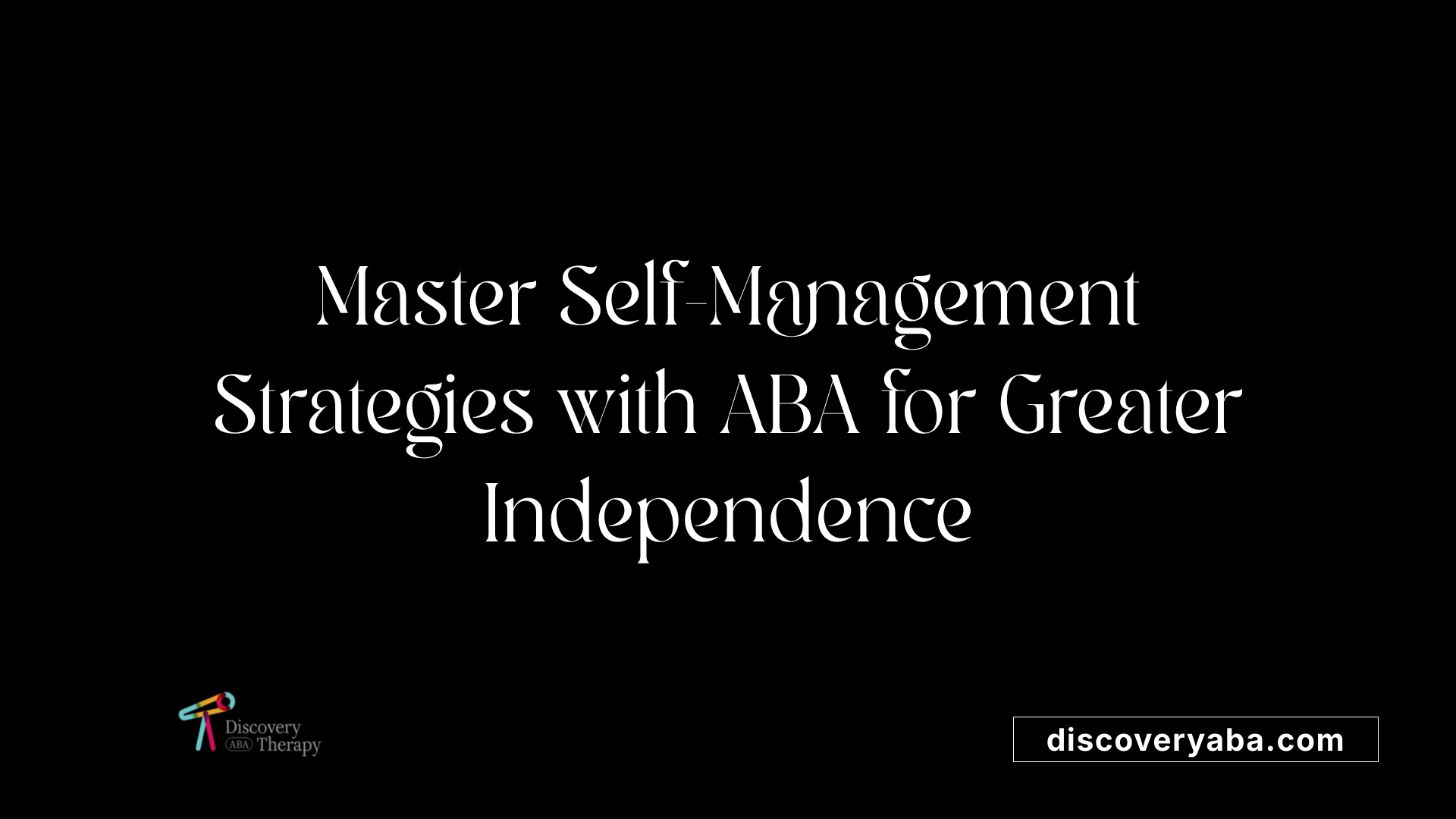
What strategies does ABA use to develop self-management and self-regulation skills?
ABA employs a range of proven methods aimed at fostering independence in individuals with autism. These include setting personal goals, teaching self-monitoring, and encouraging self-evaluation alongside positive reinforcement to sustain progress.
Visual supports, such as social stories and visual schedules, play a critical role in helping learners understand their routines, recognize their emotions, and identify triggers. These tools visualize abstract concepts, making self-regulation strategies clearer and more accessible.
ABA interventions often involve breaking complex behaviors into smaller, manageable steps through task analysis. This structured approach makes it easier for individuals to learn and practice skills gradually.
Modeling and feedback are core components, allowing learners to observe appropriate behaviors and receive constructive guidance. Consistent reinforcement of successes encourages continued effort and fosters confidence.
Functional Behavior Assessments (FBAs) inform tailored strategies by pinpointing specific triggers and functions of behaviors. This individualized approach ensures that interventions effectively address unique needs and promote skill generalization across different settings.
By systematically combining these techniques—goal-setting, visual tools, task breakdowns, modeling, and reinforcement—ABA helps individuals develop critical self-management and self-regulation skills. These strategies not only reduce problematic behaviors but also empower learners to independently manage their actions, enhancing their overall adaptive functioning.
Applying ABA in Classroom and Behavioral Settings
How can ABA be applied in classroom and behavioral contexts to teach coping skills?
ABA, or Applied Behavior Analysis, provides a structured and evidence-based approach to help children with autism develop emotional regulation and coping skills within classroom and behavioral settings.
One of the fundamental strategies is creating individualized behavior plans based on thorough assessments, such as Functional Behavior Assessments (FBA). These plans identify specific triggers and tailor interventions to meet each child's unique needs.
In practice, teachers and therapists utilize visual supports like emotion charts, social stories, and feelings cards. These tools help children recognize and understand their emotions, fostering self-awareness. Visual cues serve as consistent references, enabling children to identify their emotional states and select appropriate coping strategies.
Incorporating visual supports goes hand-in-hand with social stories that outline situations, reactions, and preferred responses. Creating engaging, personalized stories involves the child, increasing understanding and motivation to use coping techniques.
Role-playing and modeling are essential components of ABA to reinforce skills. Rehearsing scenarios like asking for a break or using calming techniques allows children to practice responses in a safe environment. Reinforcement, such as praise or tokens, encourages repeated use of these skills.
Practical coping methods taught include deep breathing exercises, requesting sensory breaks, using calming sensory tools, and engaging in designated calming areas. These strategies are systematically introduced and practiced during calm moments to build confidence.
Consistency is vital. Regular practice and role-playing across different settings help children generalize skills. Reinforcing positive behaviors when coping strategies are successfully used encourages ongoing development.
Integrating families into the process ensures that strategies are consistent at home and school. Collaboration between educators and caregivers promotes skill retention and generalization.
Additionally, continuous data collection tracks progress and informs necessary adjustments in intervention approaches, leading to more individualized and effective support.
Overall, ABA's structured framework enables caregivers and educators to systematically teach, reinforce, and maintain emotional regulation and coping skills, fostering resilience and emotional well-being in children with autism.
Conclusion: Sustaining Progress and Building Independence
Consistency and reinforcement are vital for maintaining the gains made through ABA therapy in emotional regulation and coping skills. Regular practice of strategies such as visual supports, social stories, and calming techniques helps solidify these skills, making them more automatic over time.
Caregivers and educators play a crucial role by providing continuous support, modeling appropriate emotional responses, and encouraging independence. Their active involvement ensures that children can generalize their skills across different environments and situations.
Long-term benefits of ABA in developing emotional regulation include increased self-awareness, improved social interactions, reduced anxiety, and better overall behavior management. As children grow, these skills foster greater independence and confidence, enabling them to navigate daily challenges more effectively.
Sustaining ABA success involves a collaborative approach, where families, therapists, and educators work together to reinforce positive behaviors and adapt strategies to evolving needs, ensuring lifelong skills for emotional well-being.
Fostering Long-Term Resilience and Independence
Implementing ABA-based coping strategies is crucial in supporting children with autism to manage their emotions effectively and develop resilience. Through individualized interventions, visual supports, modeling, and reinforcement, children learn to face triggers and stressful situations with confidence. The collaboration among therapists, families, and educators enhances the consistency and effectiveness of these strategies, enabling children to generalize skills across environments. As a result, children gain better emotional regulation, reduced anxiety, and improved social interactions, laying the foundation for a more independent and adaptive future.
References
- Practical Strategies to Teach Emotional Regulation Skills in ABA ...
- How ABA Therapy Supports Emotional Regulation in Children
- Teaching Coping Strategies to Children with Autism: A Step-by-Step ...
- Autism and Anxiety: Treatment Options and ABA Techniques
- Developing Effective Self-Management Skills in ABA Programs
- 5 Ways ABA Therapy Helps with Classroom Adaptations
- Coping Strategies for Addressing Autism-Related Behaviors
Does Your Child Have An Autism Diagnosis?
Learn More About How ABA Therapy Can Help
Find More Articles
Contact us
North Carolina, Nevada, Utah, Virginia
New Hampshire, Maine
Arizona, Colorado, Georgia, New Mexico, Oklahoma, Texas
.avif)

















.jpeg)




















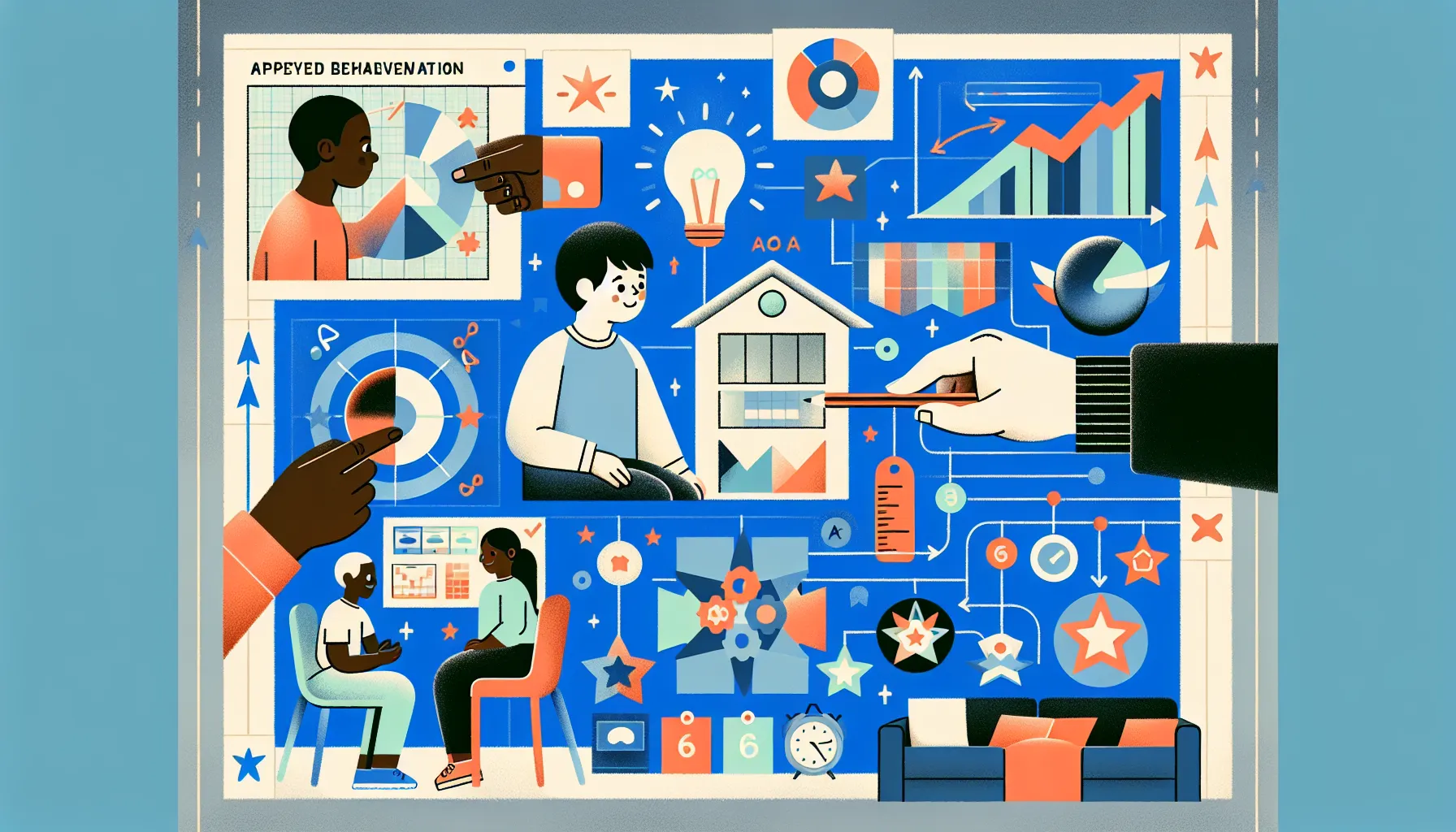
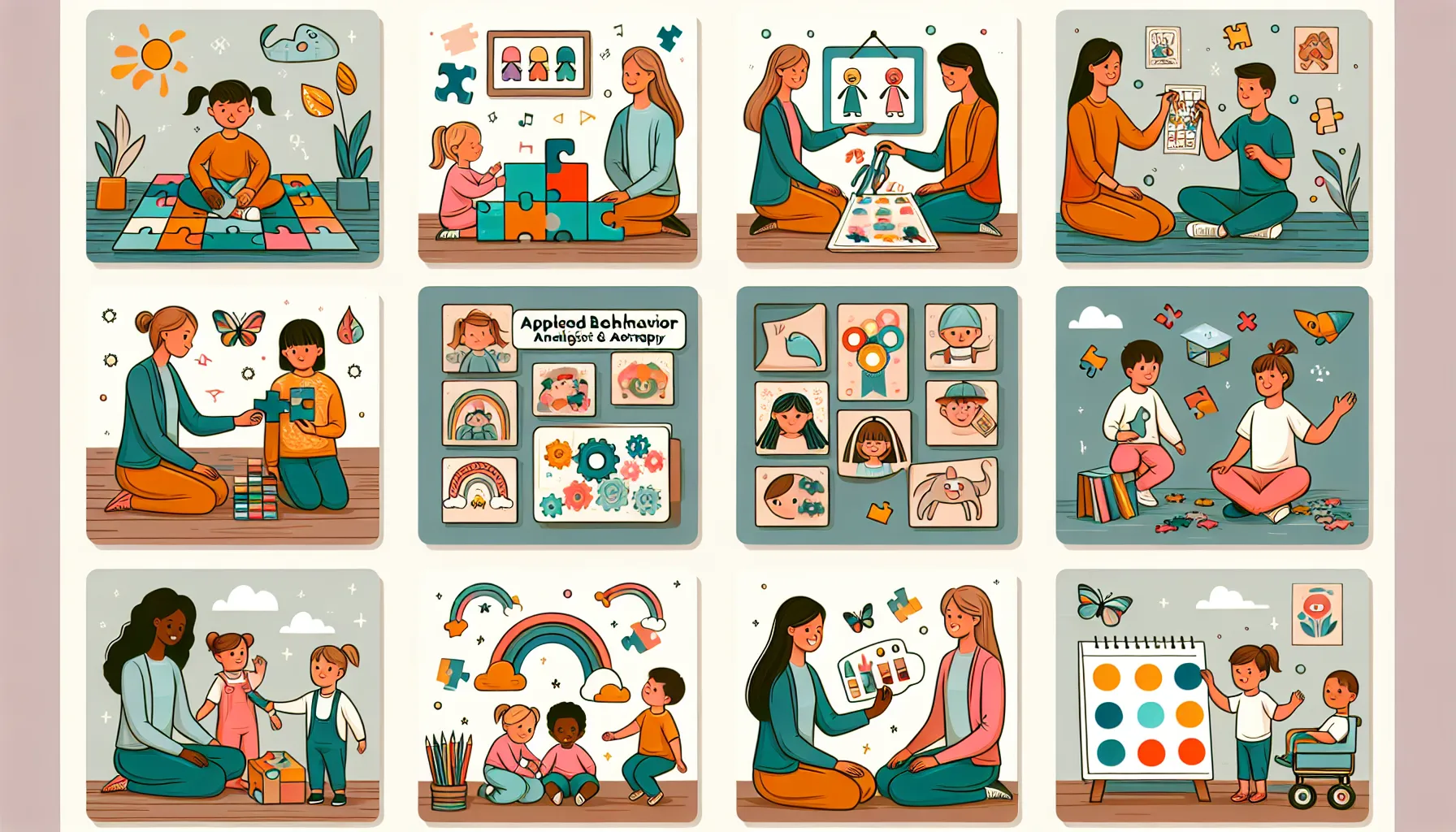



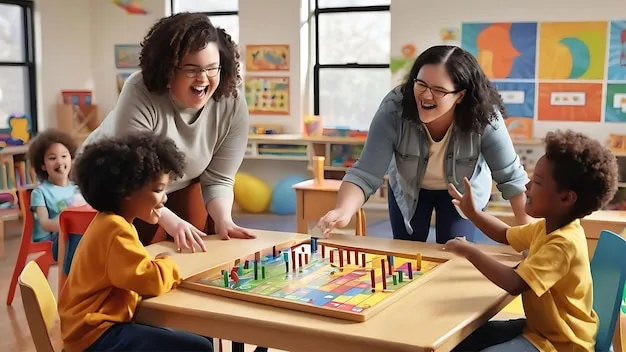

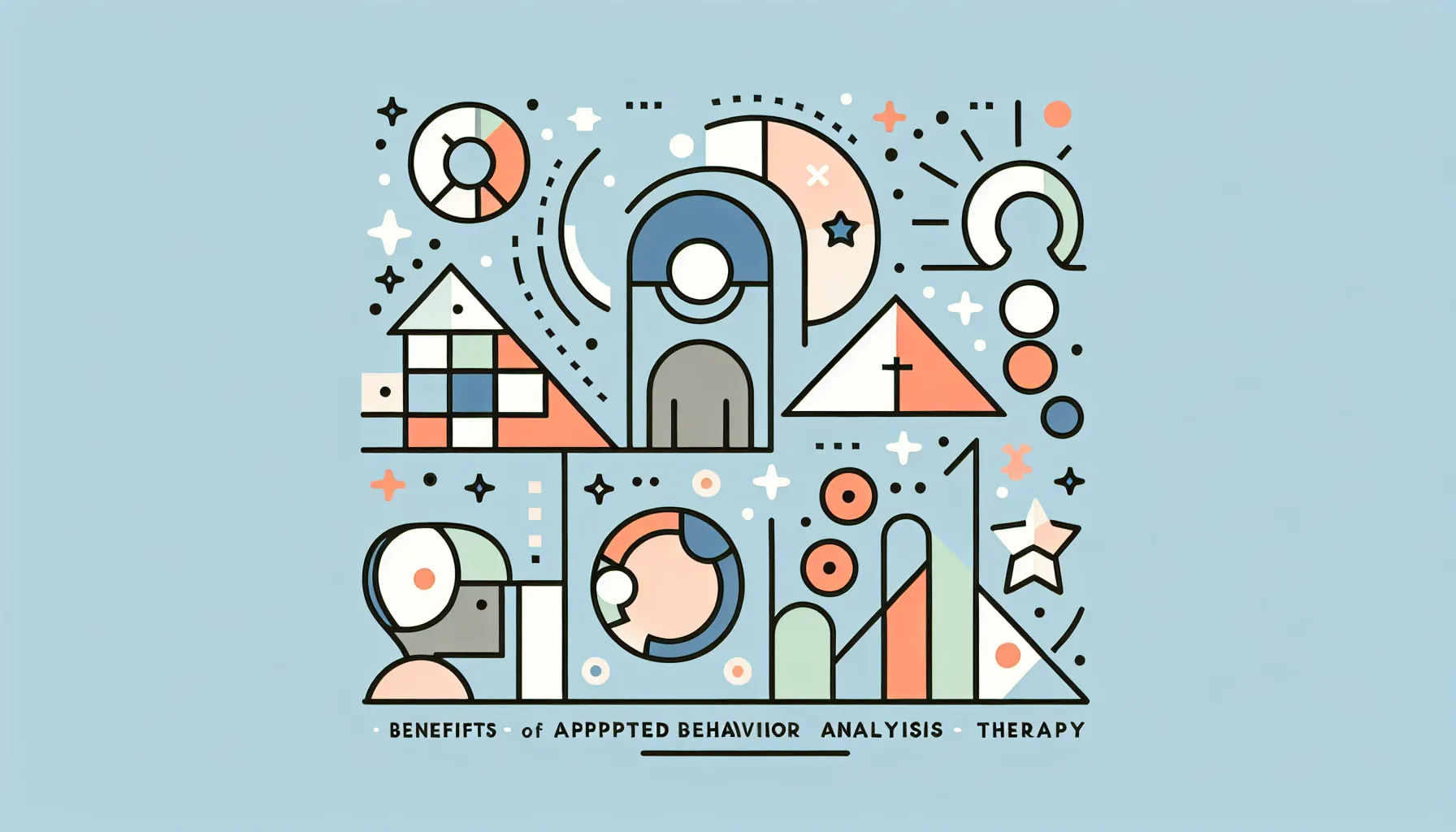






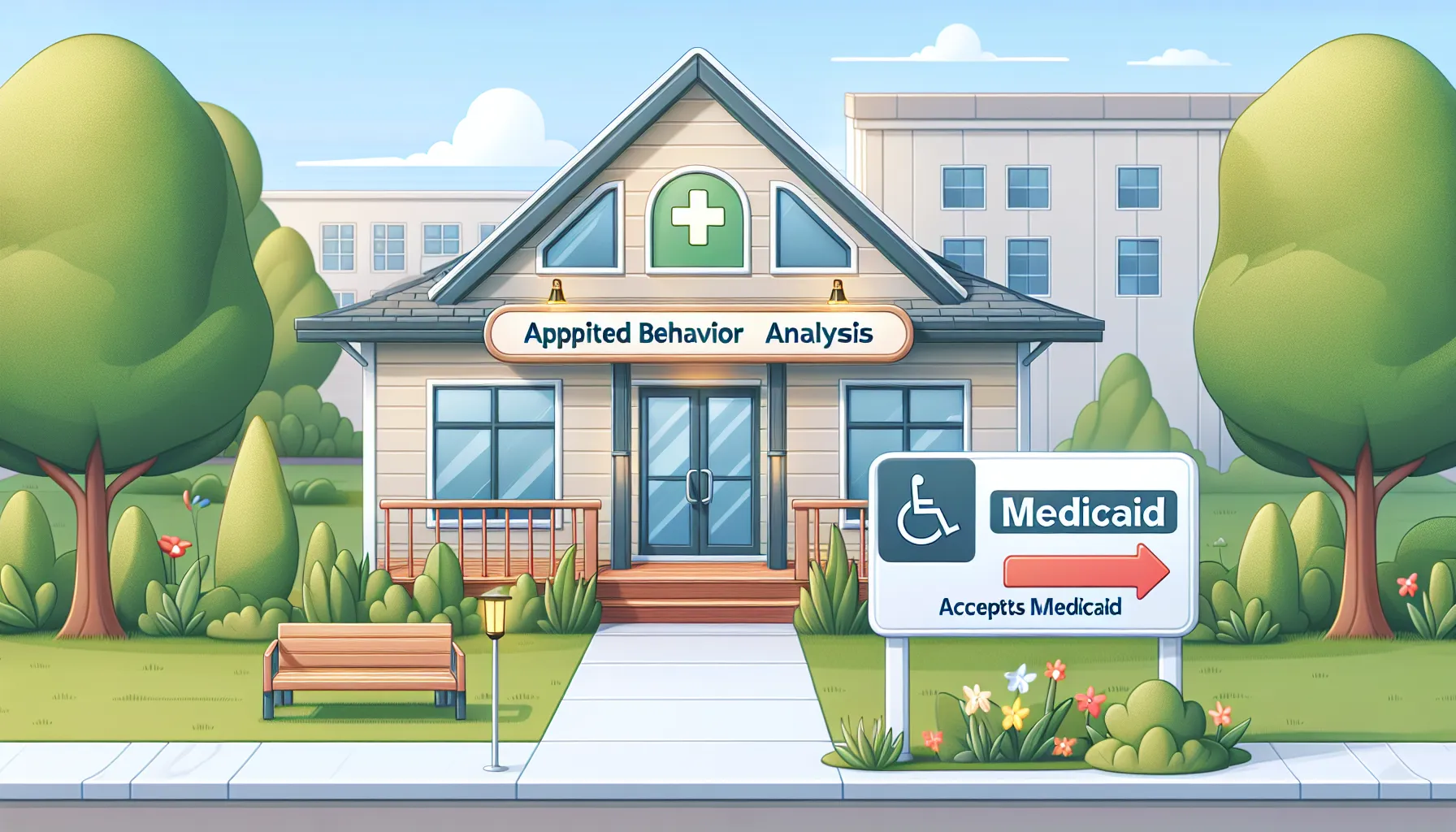

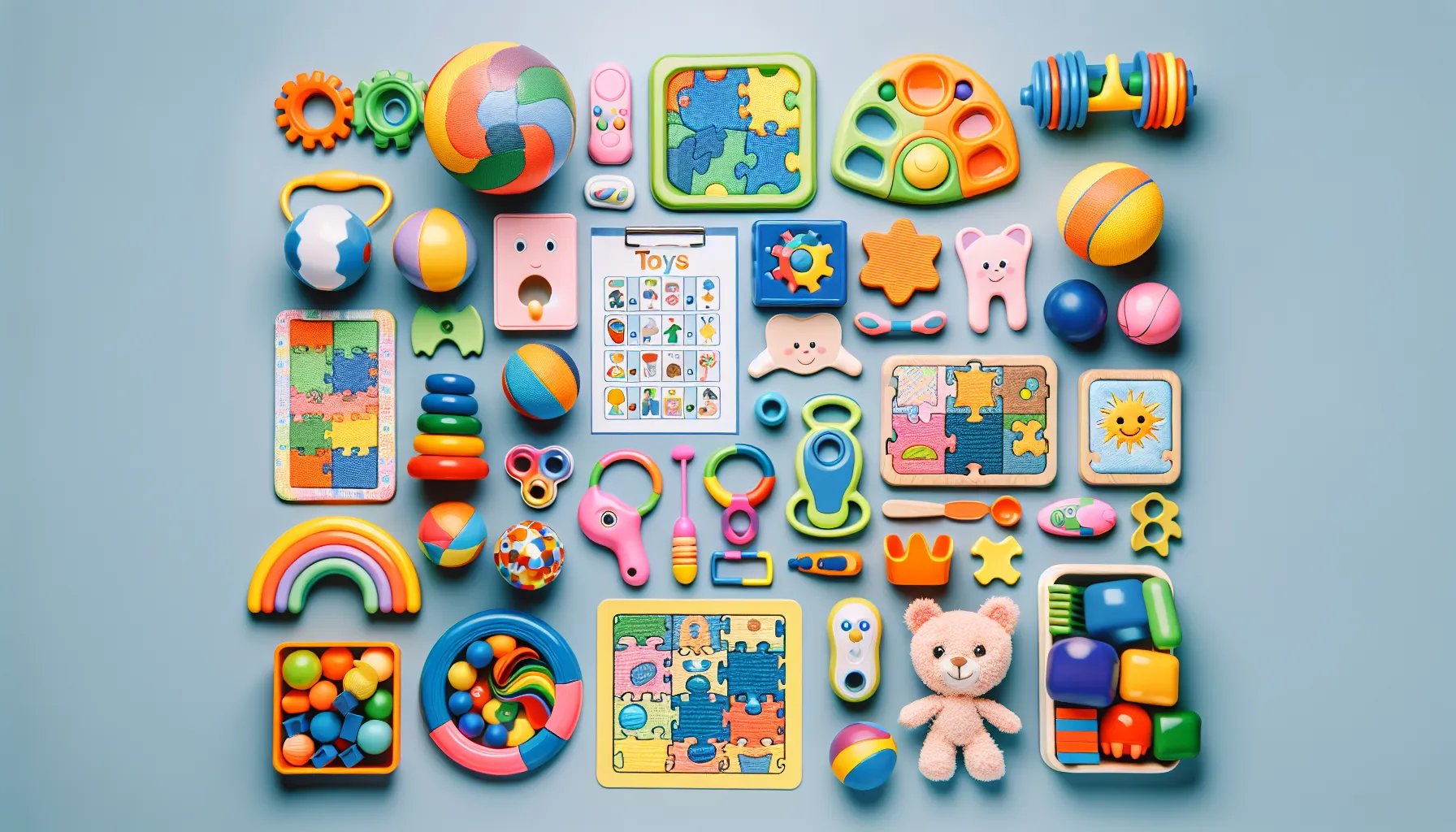


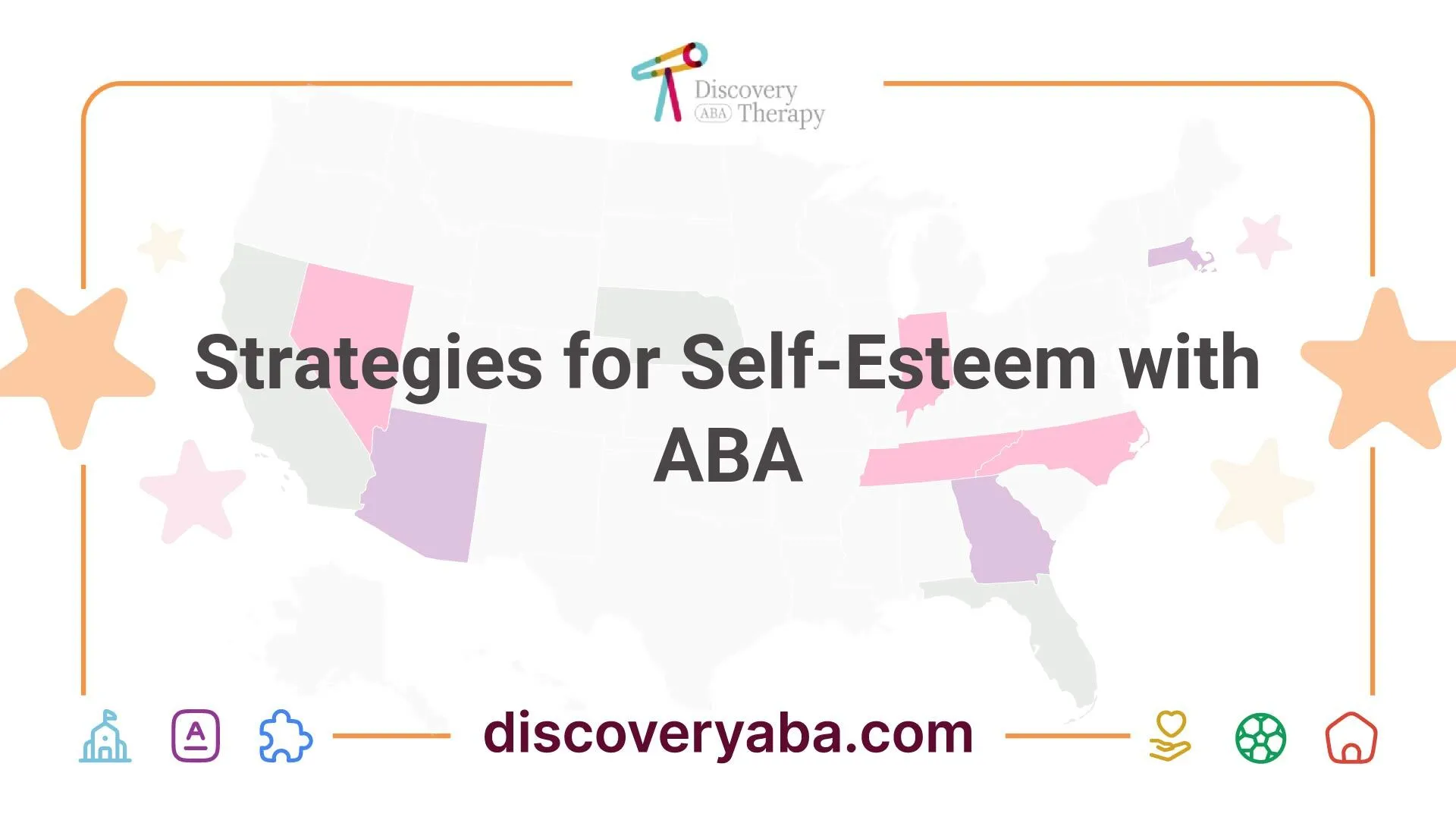




.jpeg)
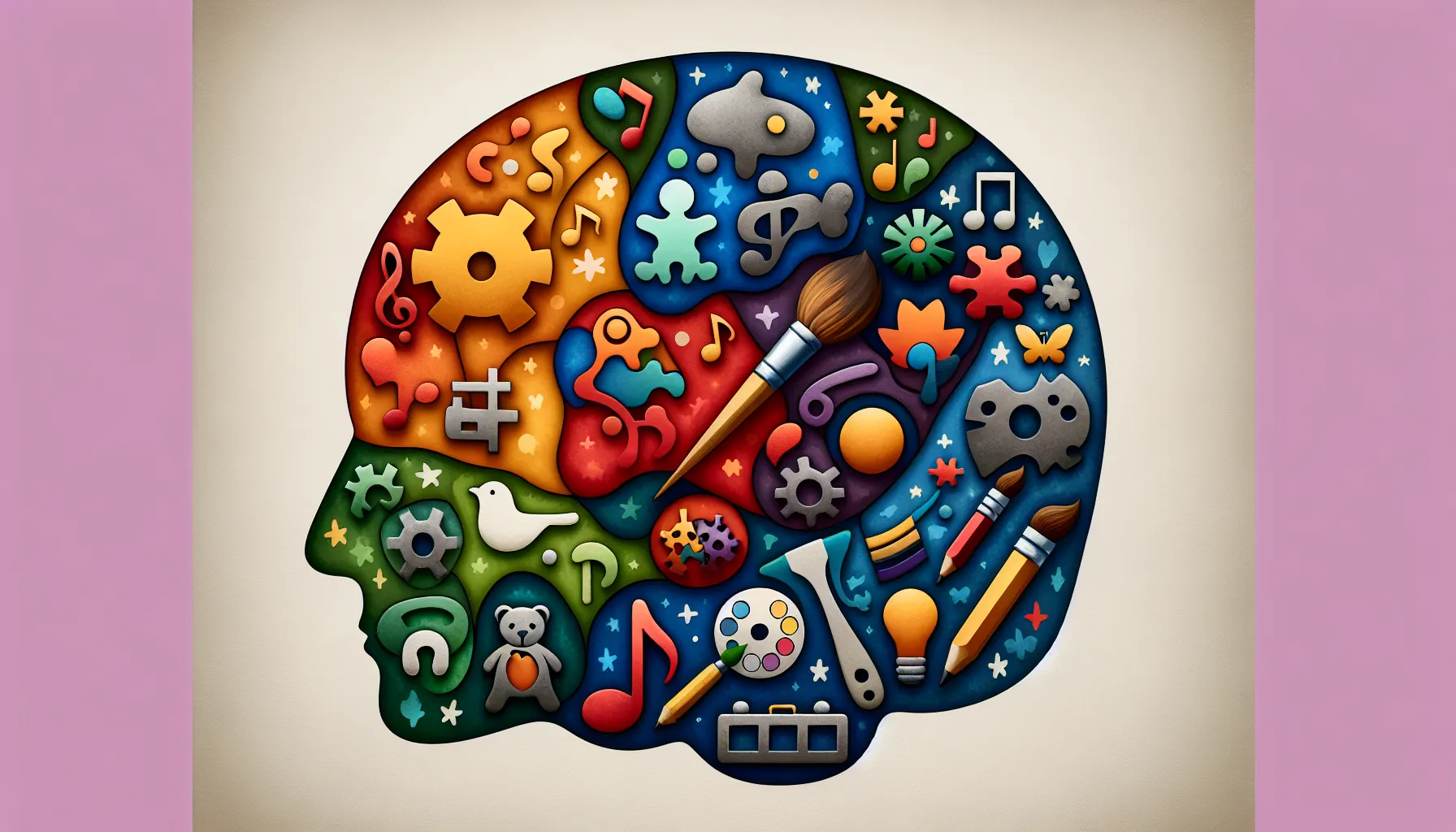

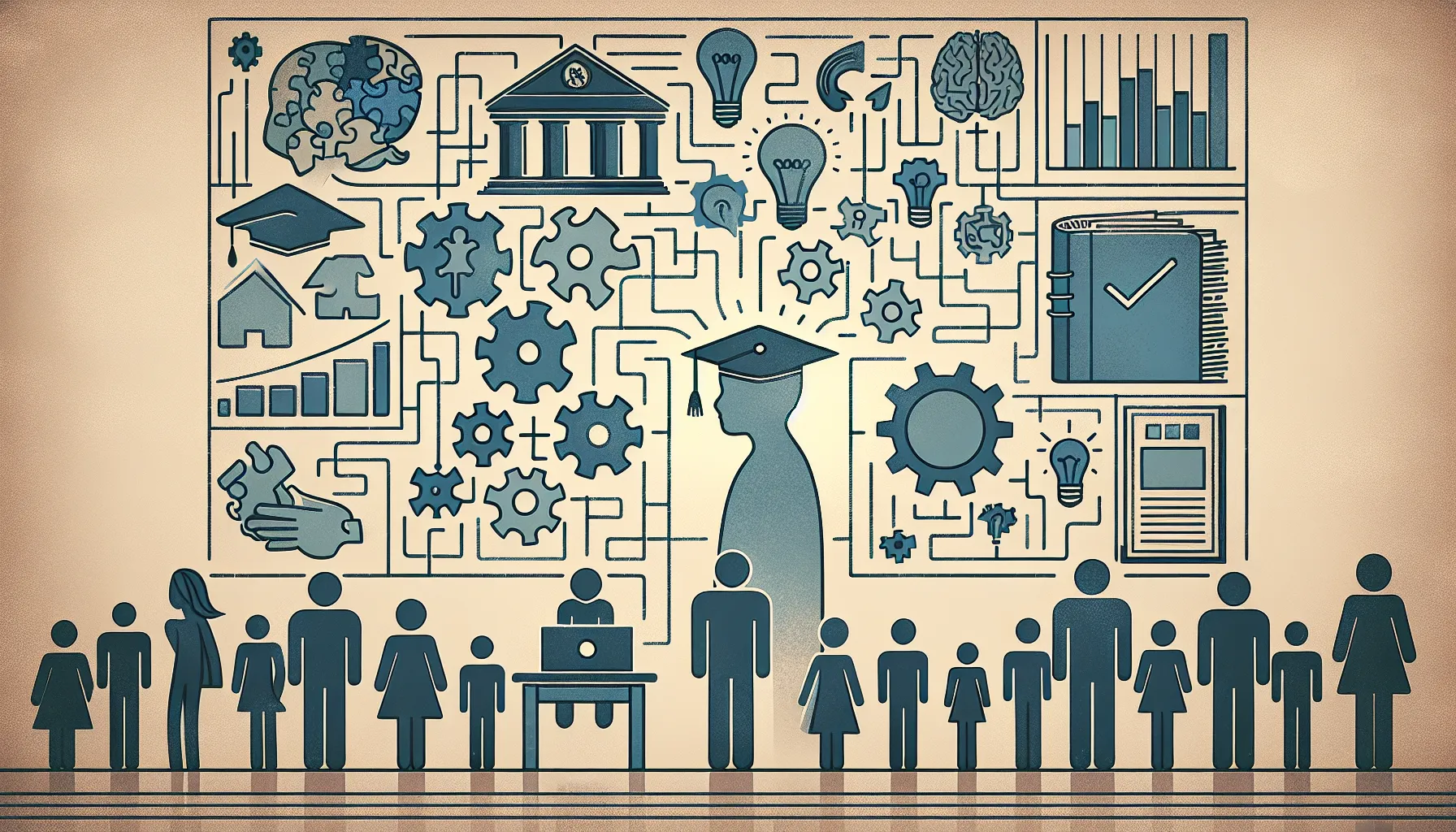




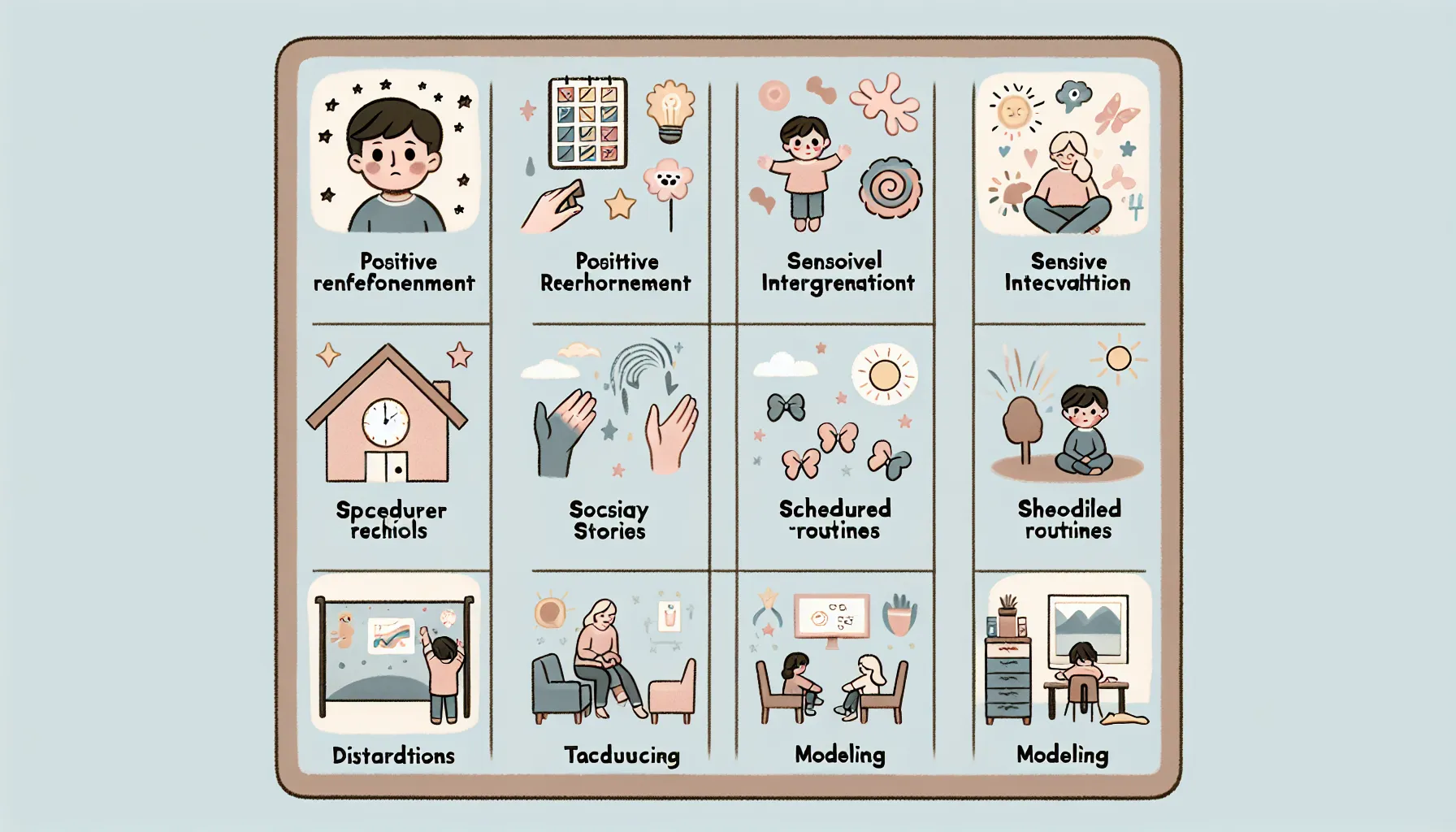

.jpeg)
.jpeg)



.jpeg)



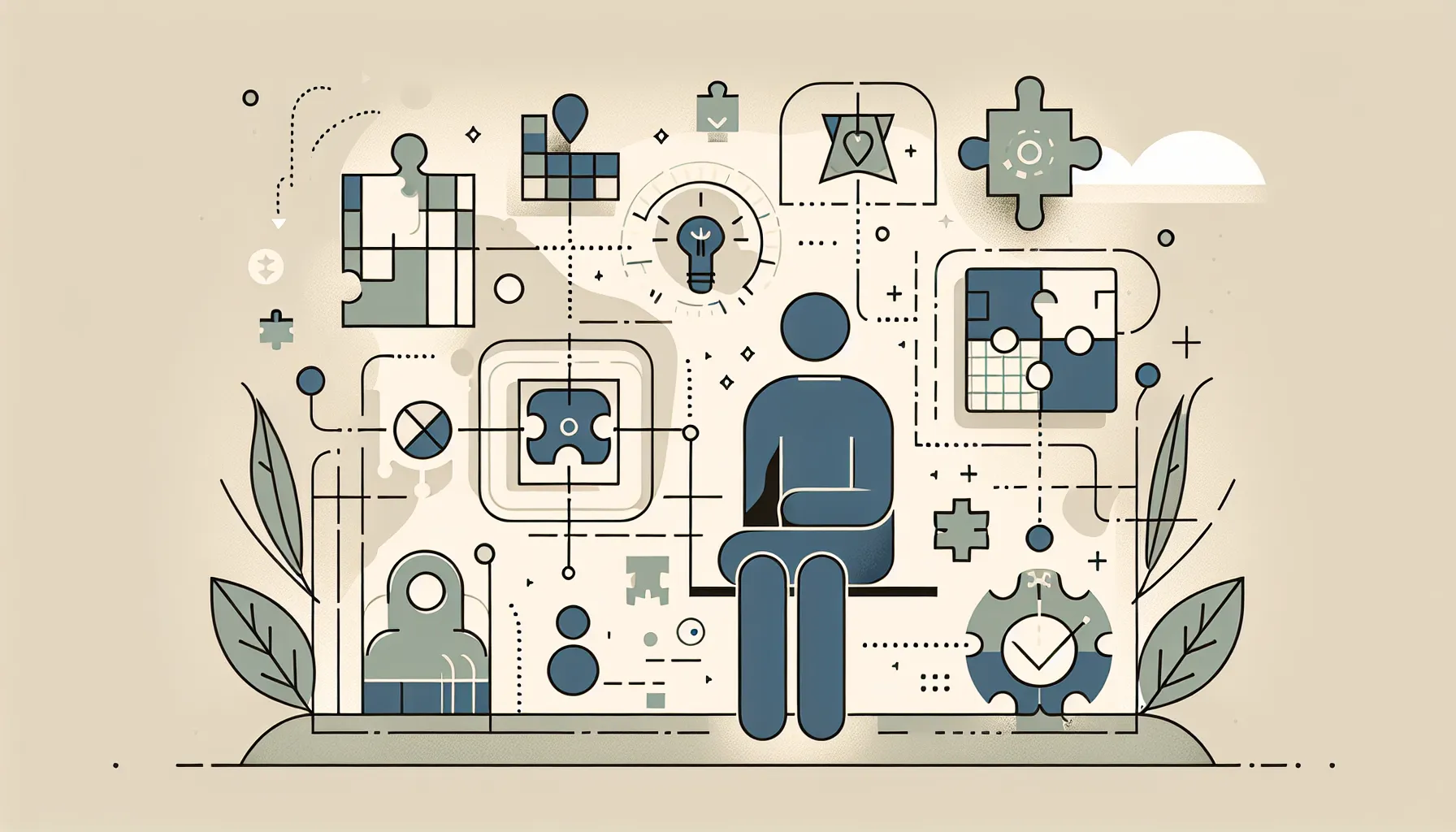
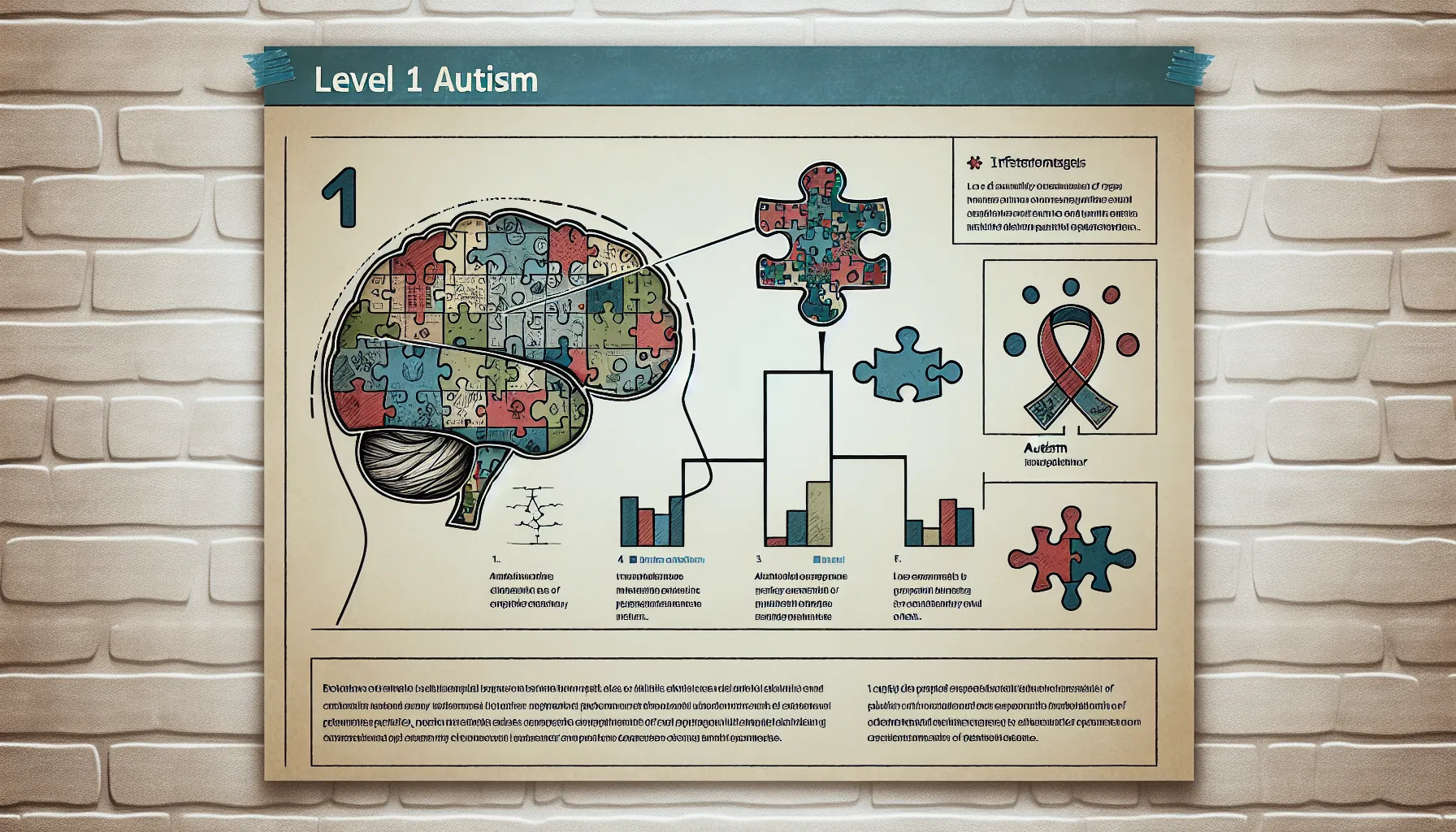


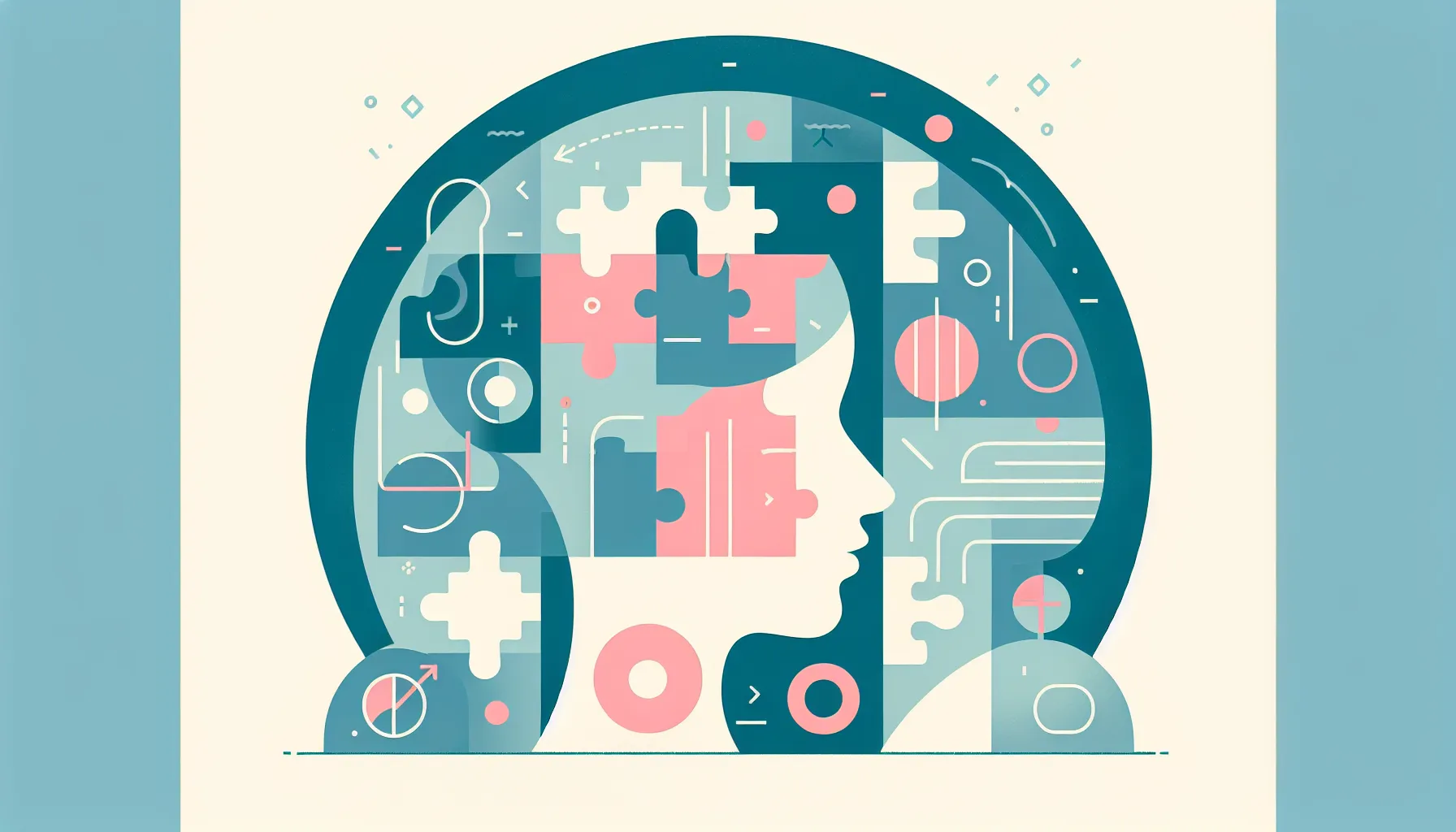








.jpeg)
.jpeg)



.jpeg)
.jpeg)
